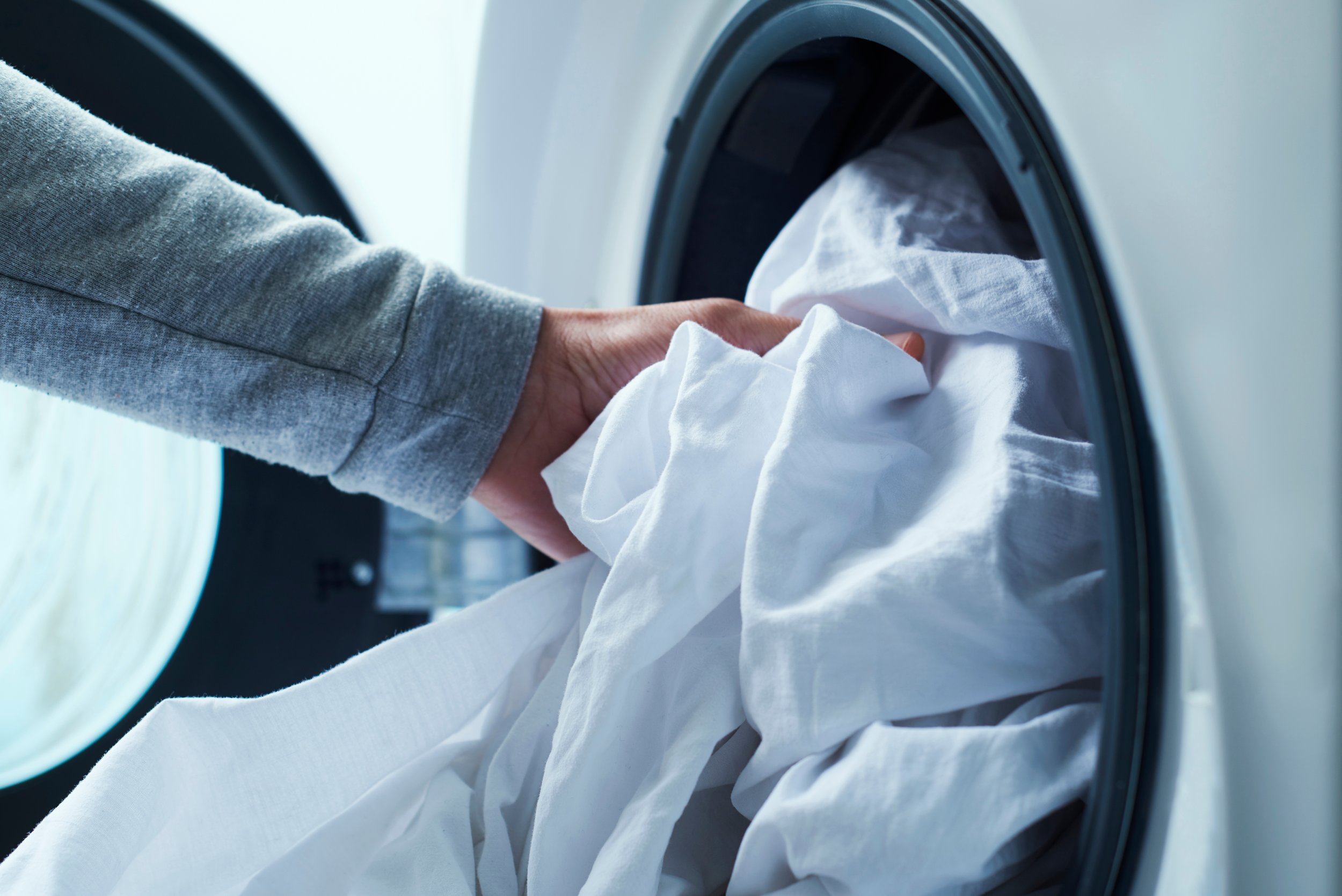Linen, known for its durability, breathability, and luxurious feel, is a popular choice for bedding, clothing, and household textiles. Proper care and maintenance are essential to preserve the quality and lifespan of linen items. In this comprehensive guide, we’ll explore everything you need to know about Linen Washing, from understanding fabric care labels to selecting the right detergent and mastering laundry techniques.
Understanding Linen Washing
- Introduction to linen fabric: Discuss the characteristics of linen, including its natural fibers, breathability, and tendency to soften with each wash.
- Fabric care labels: Decode fabric care labels to understand the manufacturer’s recommended washing instructions, including water temperature, drying methods, and any special care requirements.
Preparing Linen for Washing
- Sorting laundry: Separate linen items by color, fabric weight, and level of soiling to prevent color bleeding and ensure thorough cleaning.
- Treating stains: Pre-treat stains with a gentle stain remover or a paste made from water and laundry detergent to loosen dirt and grime before washing.
Washing Linen Items
- Water temperature: Determine the appropriate water temperature based on the fabric care label and the degree of soiling. Generally, linen can be washed in warm or cold water to prevent shrinkage and preserve color vibrancy.
- Selecting detergent: Choose a mild, phosphate-free detergent formulated for delicate fabrics to avoid harsh chemicals that can damage linen fibers.
- Washing machine settings: Use a gentle or delicate cycle with a slow agitation speed to minimize friction and prevent excessive wrinkling.
- Avoiding overloading: Place linen items loosely in the washing machine to allow for adequate water circulation and thorough cleaning.
Drying Linen
- Air drying: Line drying is the gentlest method for drying linen, preserving its natural texture and preventing shrinkage. Hang linen items outdoors in a shaded area or indoors away from direct sunlight to prevent fading.
- Tumble drying: If using a dryer, select a low or medium heat setting and remove linen items while still slightly damp to prevent overdrying and minimize wrinkles. Alternatively, use wool dryer balls to fluff and soften linen during the drying process.
Ironing and Pressing
- Ironing temperature: Set the iron to a medium heat setting for linen fabric to smooth out wrinkles and creases without scorching or damaging the fibers.
- Steam ironing: Use a steam iron or a handheld steamer to gently remove wrinkles and restore the crisp, smooth appearance of linen items.
- Pressing techniques: Press linen items on the reverse side while they are slightly damp to achieve a professional finish and prevent shine or discoloration on the fabric surface.
Storing Linen
- Proper folding: Fold linen items neatly to minimize creasing and maintain their shape during storage. Avoid hanging linen garments for long periods, as this can cause stretching and distortion of the fabric.
- Storage conditions: Store linen items in a cool, dry place away from direct sunlight and moisture to prevent mildew and discoloration. Use breathable garment bags or cotton storage bins to protect linen from dust and pests.
Conclusion:
With the right care and attention to detail, Linen Washing can be a straightforward and rewarding task. By following the guidelines outlined in this comprehensive guide, you can maintain the beauty and longevity of your linen items for years to come, ensuring that they remain soft, crisp, and luxurious with each wash.
